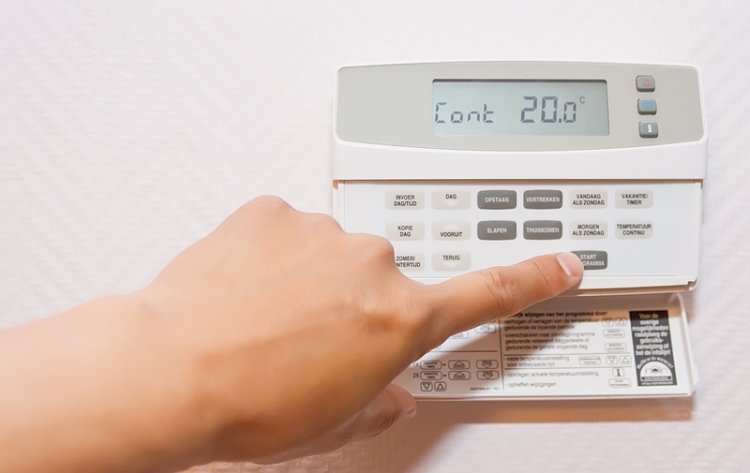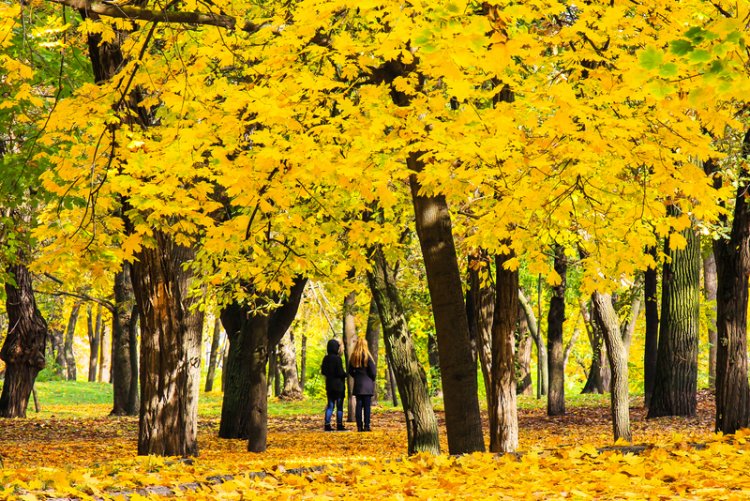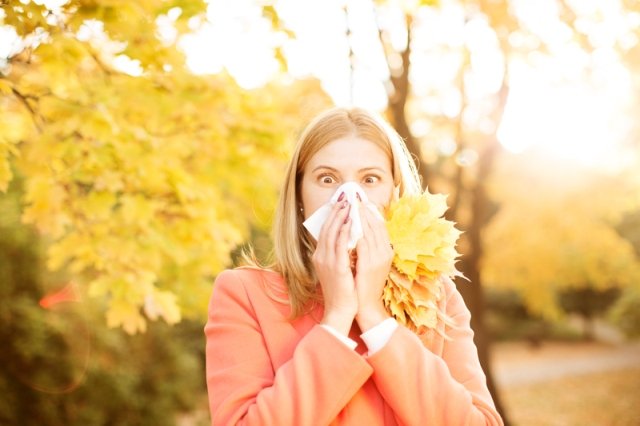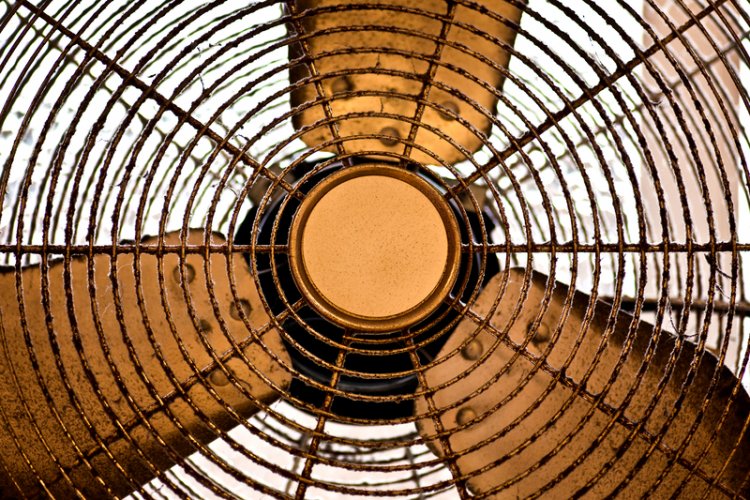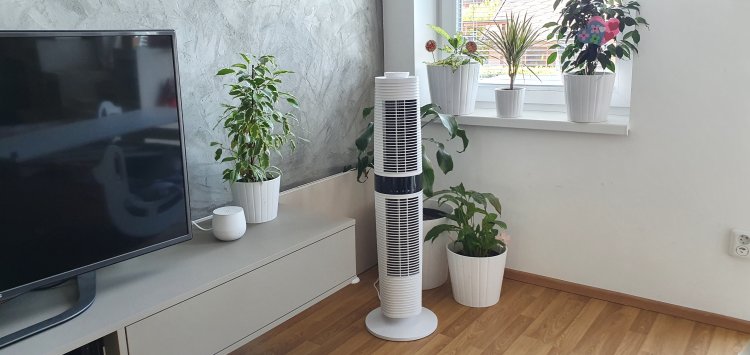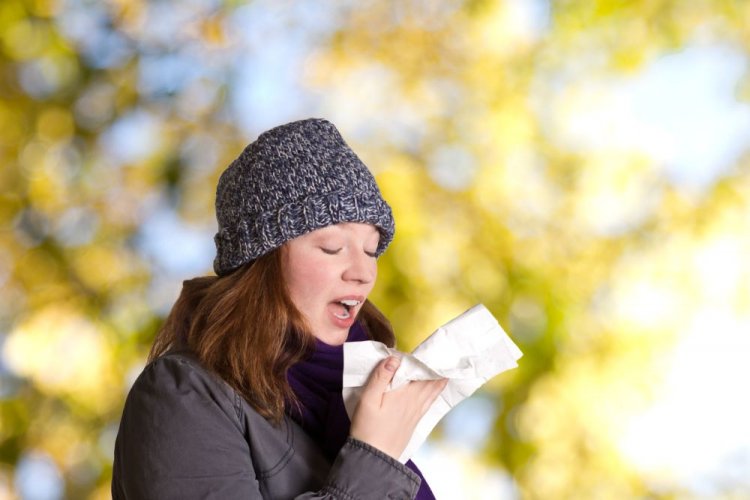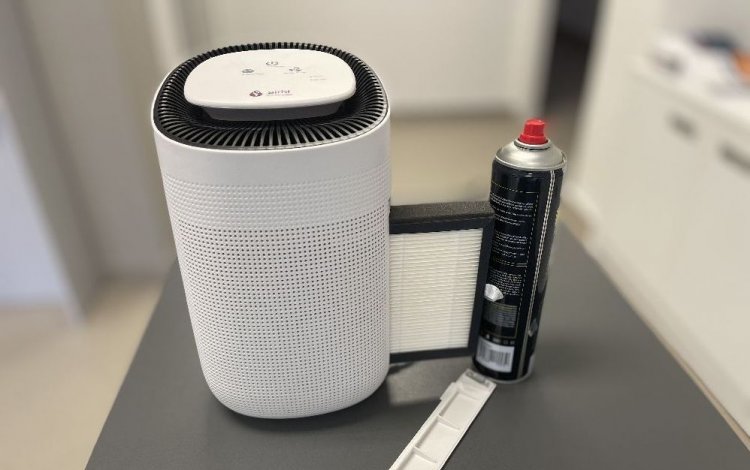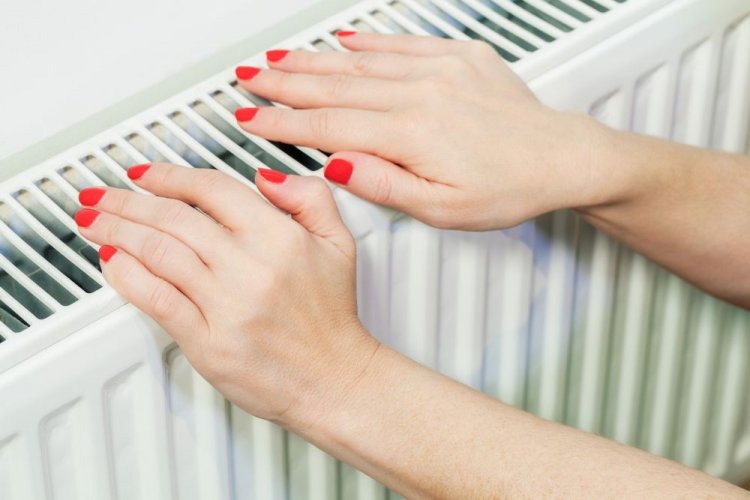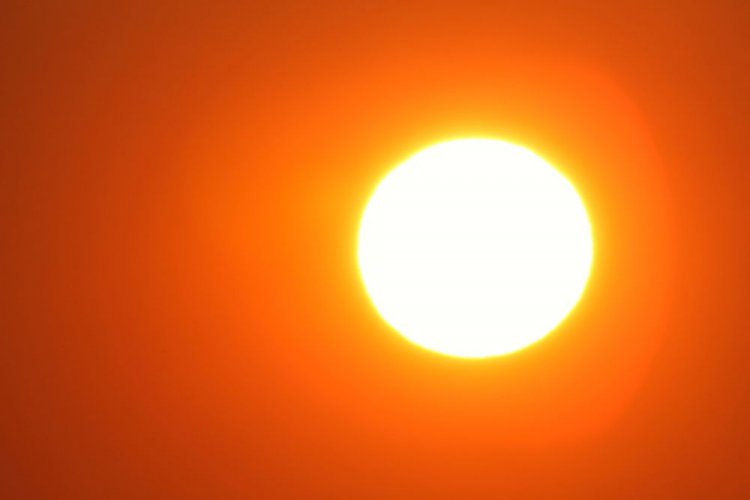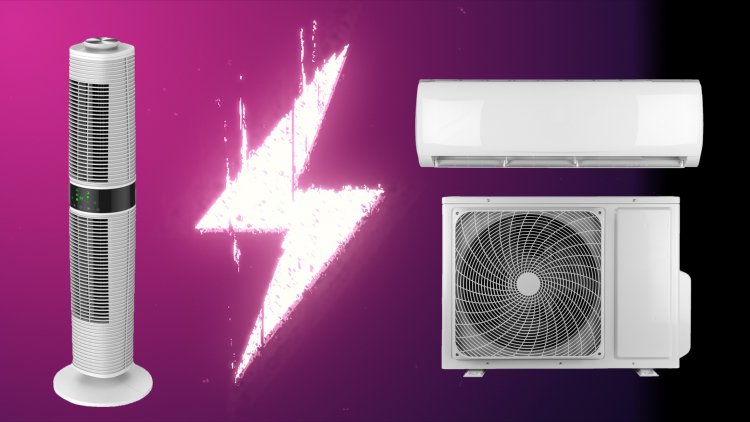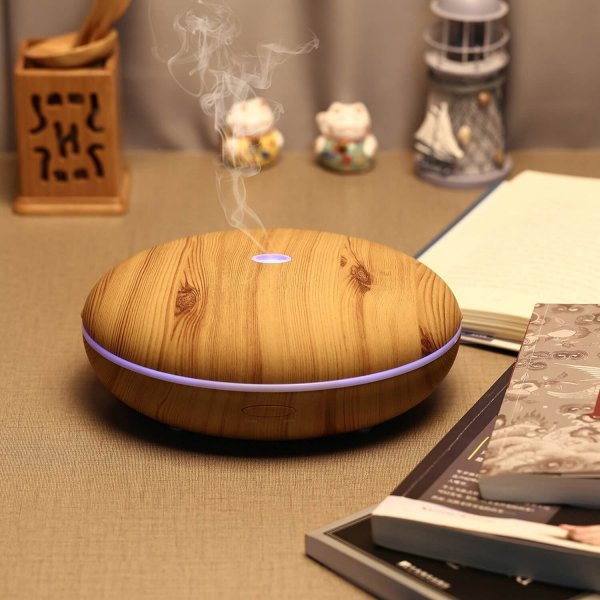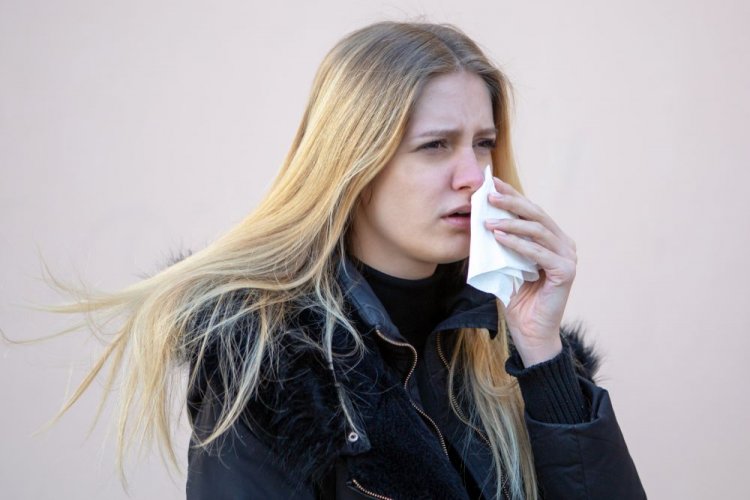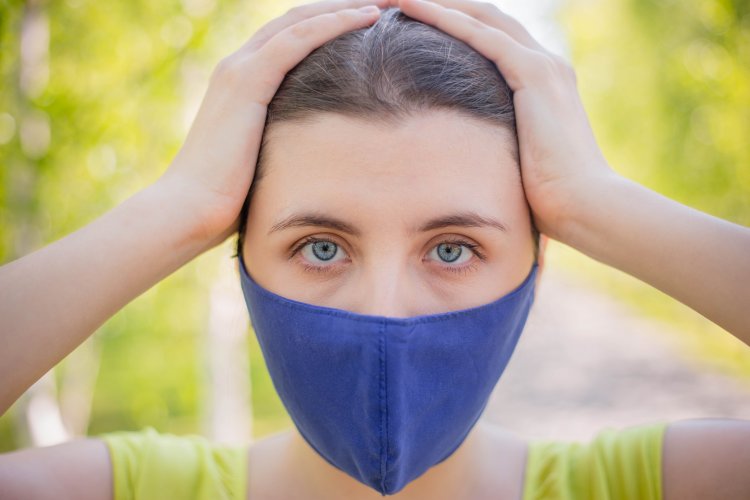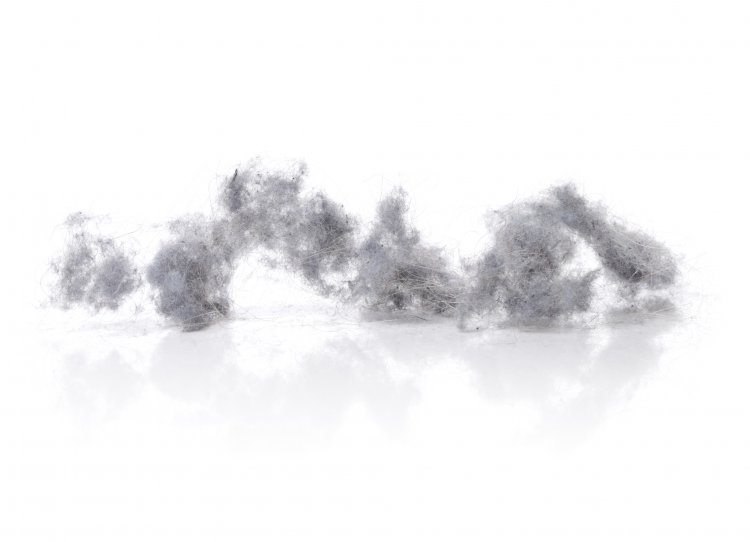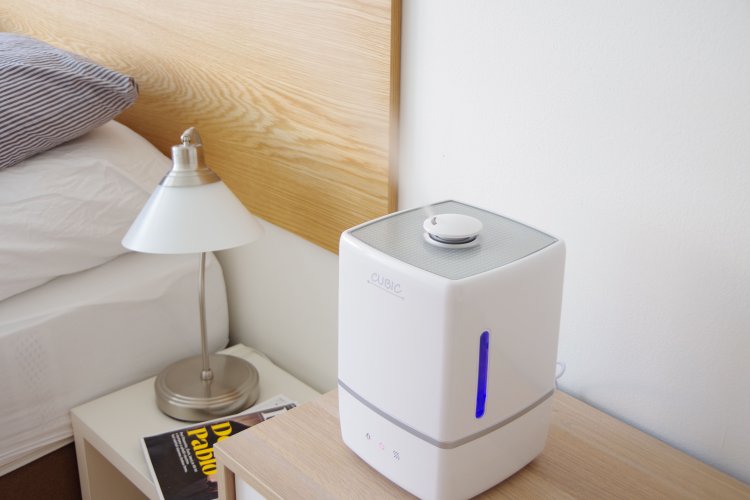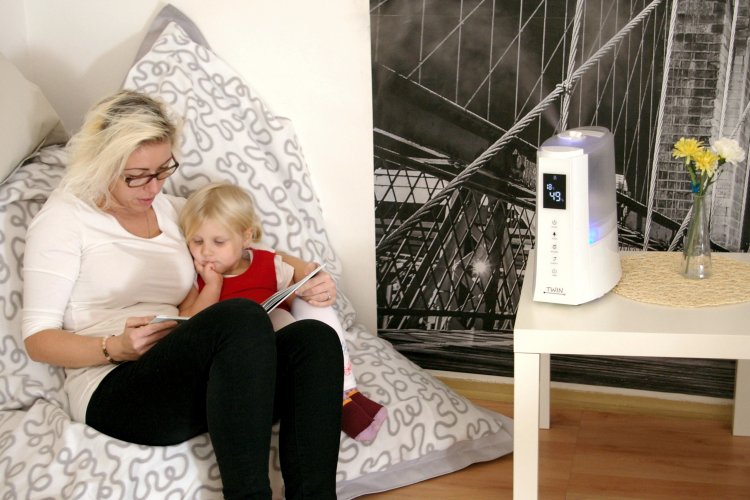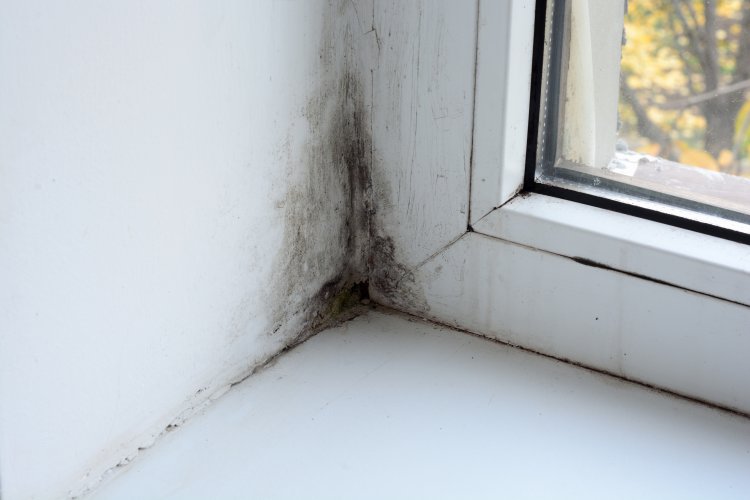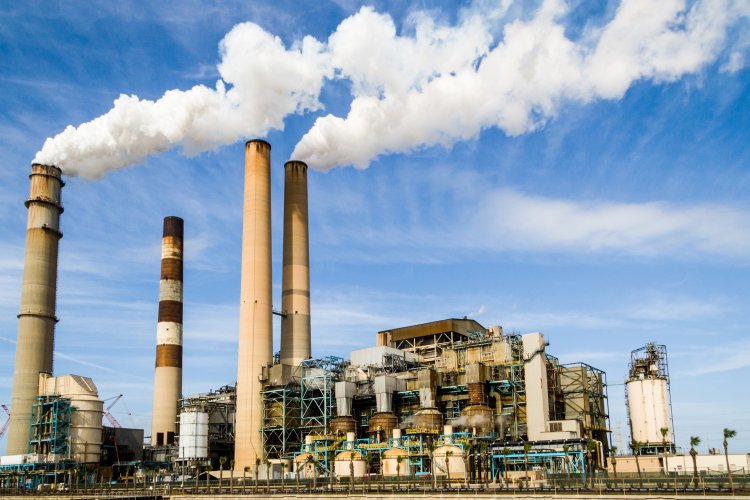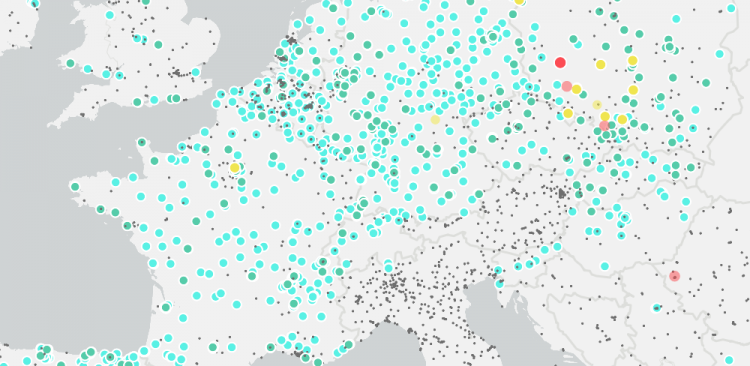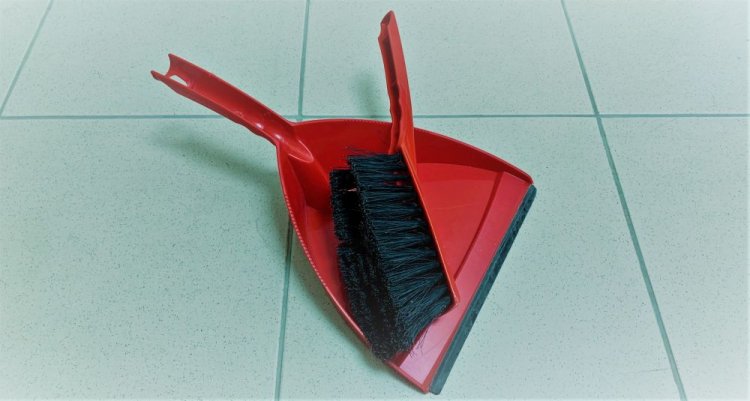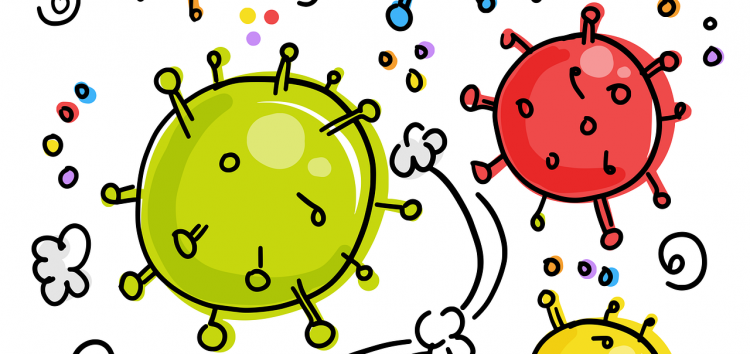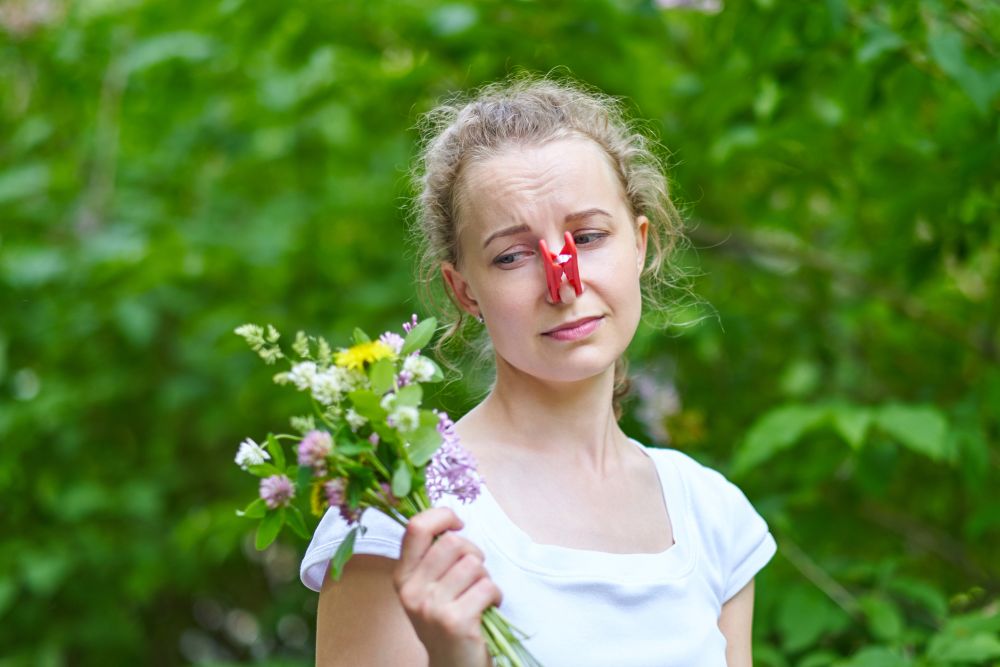

4 advantages (and 1 disadvantage) of desiccant dehumidifiers
Feb 20, 2025High humidity can be unpleasant. If you're choosing a dehumidifier, this brief overview of the advantages and disadvantages...
Spring is approaching, the most popular time of many people. But there are those among us who do not love spring so much, because it causes them unpleasant health complications. Every year, 25% of Czechs suffer from some of the symptoms of pollen allergy - they run from a stuffy nose and watery eyes are accompanied by constant sneezing and itching. However, many allergy sufferers do not know that the amount of pollen in the air significantly affects the weather. Are you one of them? Then we recommend reading on.
If you are allergic person, you probably know which types of pollen are the biggest problem for you. In the spring, the main allergen is woody plants, which can bloom calmly from the end of winter until mid-summer. Birch, poplar or linden, for example, can make you very angry. From the summer until almost the end of the year, herbs and grasses take over, especially the cursed ragweed, sorrel or plantain. Whatever is bothering you, it is good to know that the weather plays a big role in the perception of allergic manifestations. This largely determines how much pollen gets into the air and how the pollen spreads. For example, if it is a mild winter like this year, the pollination of trees can start in February and with them the hardships of allergy sufferers.
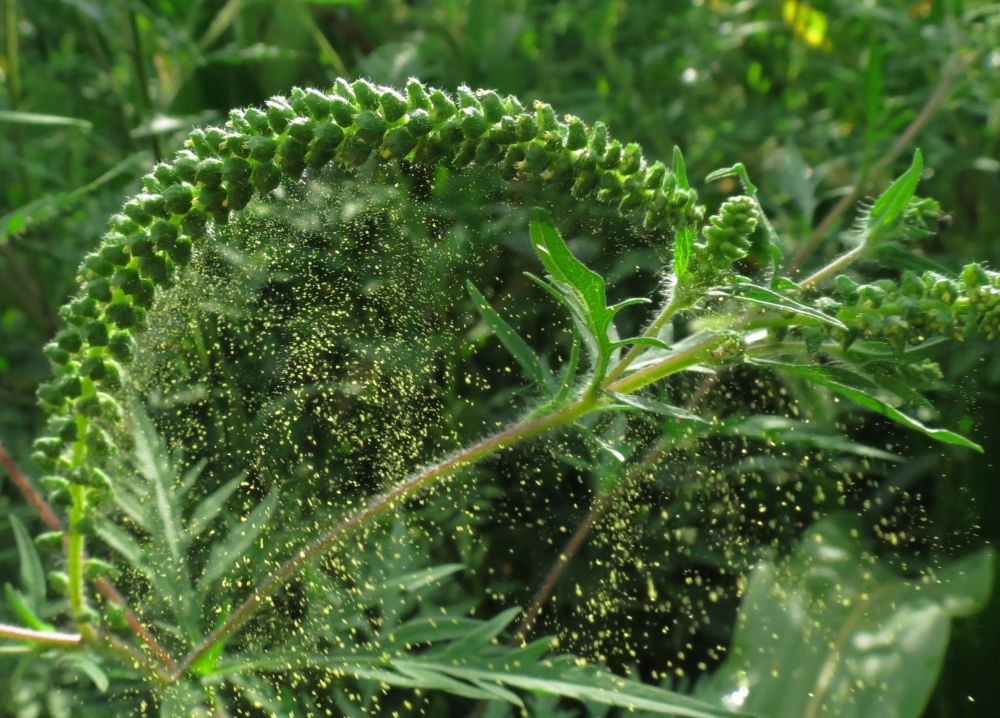
The main weather factors that affect the situation of allergy sufferers are wind, temperature and humidity.
The worst combination for pollen spread is sunny and windy weather along with dry air. The wind significantly increases the concentration of pollen grains in the air and especially lighter pollen grains of woody plants can take up to several kilometers away. During windy days, we recommend that you leave the house as little as possible and have the windows closed so that the pollen cannot enter.
Hot summers bring problems especially in cities. These days, there is a higher concentration of ozone and smog, and pollen grains bind very well to these carbon emissions from car exhausts and chimneys. This increases the level of pollen pollution in the air.
An interesting relationship is between pollen and moisture. When the air is dry, the pollen grains fly through the air wherever they want. When it starts to rain, water particles from the air humidity bind these grains together and pull them down to the ground. The air after the rain is therefore practically pollen-free and ideal for outdoor movement. Paradoxically, however, rain and high humidity also have a negative effect - they cause the pollen grains to crack and thus release new and new allergens into the air. The rain breaks the grains into small particles, which get much further under the influence of air currents and wind. It is also essential for plant growth, which conditions the formation of additional pollen grains.
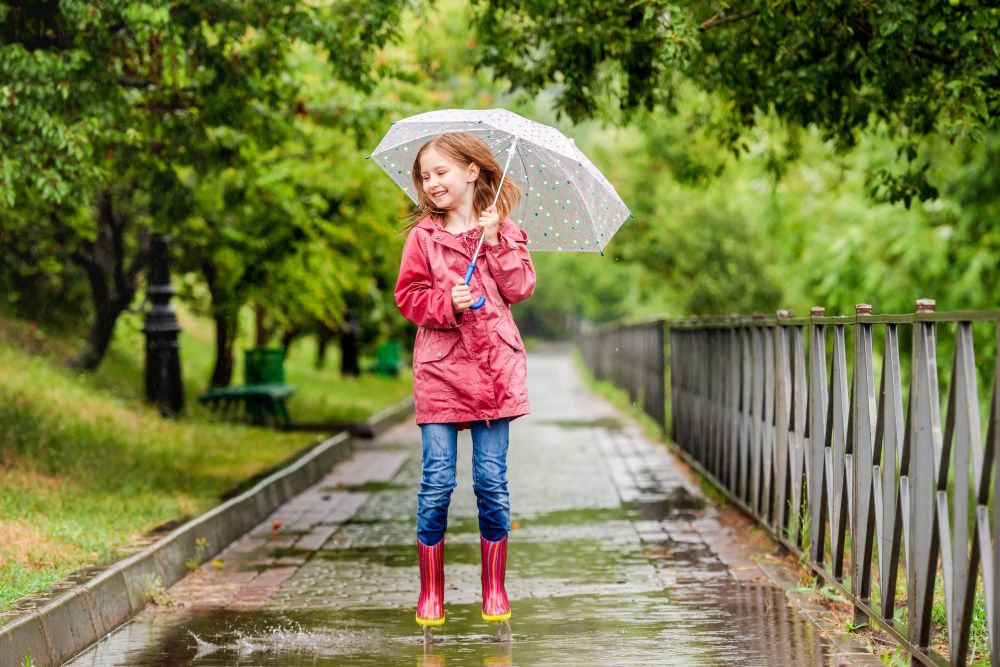
During the allergic season, it is essential for allergy sufferers to keep the air at home free of allergens. To avoid polluted air at home, we recommend that you follow these rules and purchase an air purifier that will rid you of pollen, dust and other impurities.




